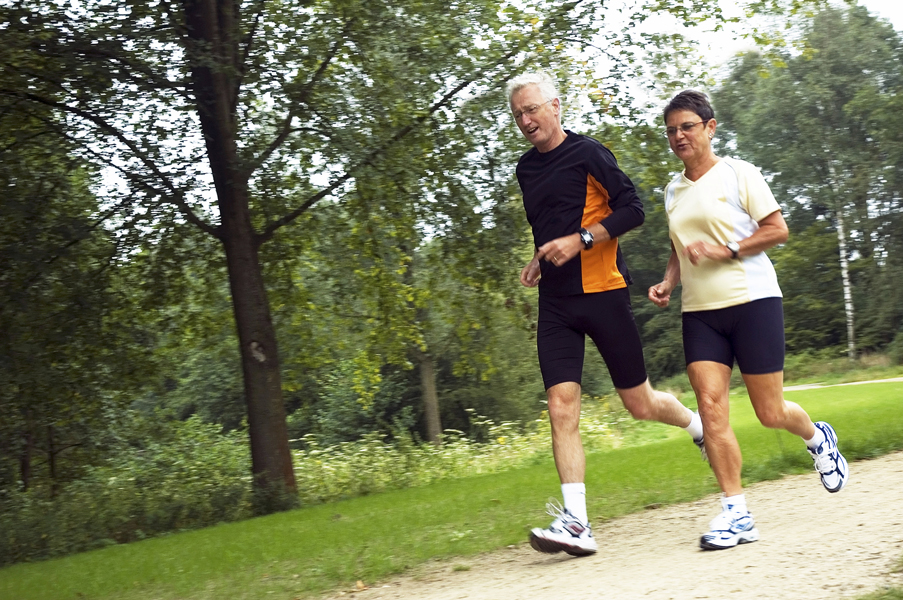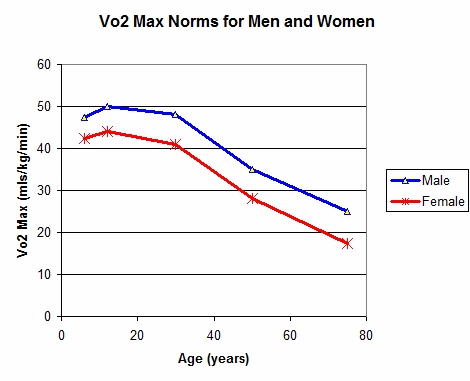Running is one of the most common forms of exercise due to its’ wide appeal, minimal equipment needs, and aerobic benefits. Around Boulder it is not uncommon to see runners of all ability levels and ages enjoying many of the great outdoor running paths and trails. Prior research has shown older runners run at slower speeds than younger adults due to cardiovascular and musculoskeletal changes due to aging. Exercise physiology research shows a 10% decline in cardiovascular capacity with each decade after age 40. Thus a runner holding the same minute/mile pace would be running at a higher % of their VO2 max with each decade after 40.
An interesting article by DeVita and colleagues examined the impact of aging on running biomechanics (Med Sci Sports Exerc 2015). The authors examined 110 health runners within a biomechanics laboratory to determine running speed, running forces, and biomechanics. The results showed running speed decreased in older runners secondary to a decrease in stride length but no change in stride rate (Running Speed = stride length x stride frequency). This loss of stride length was accompanied by a stride height and push off due to decreased activation of the ankle musculature. Interestingly, no change was noted in the hip and knee activation in these runners. The loss of ankle strength may place these athletes at greater risk of ankle and foot injuries during run training. It is not known if ankle strengthening could improve mechanics in these runners.


